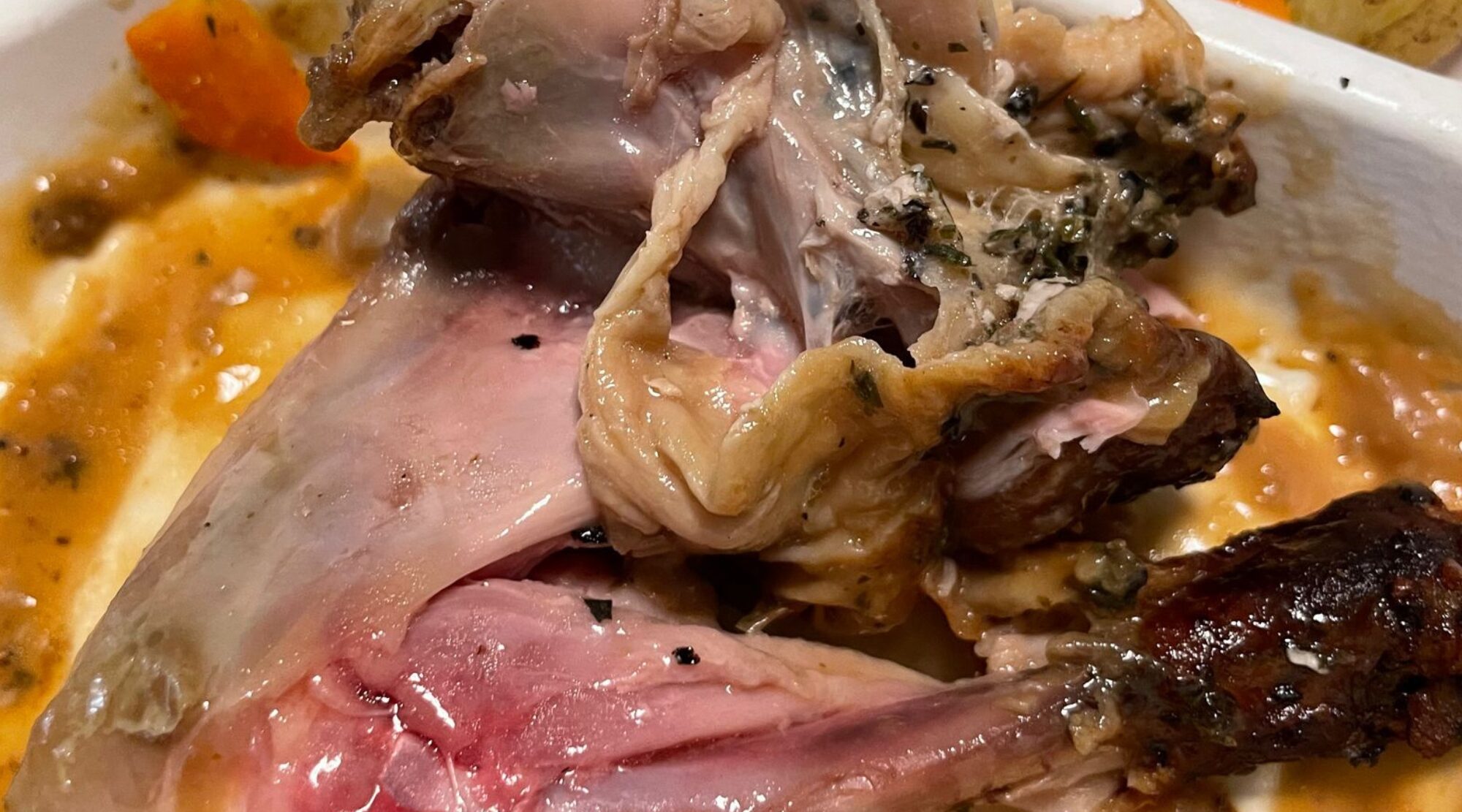A recent report has identified undercooked pork liver as the suspected source of a hepatitis E outbreak in a nursing home in Hangzhou, Zhejiang Province, China, in 2022. The outbreak, which occurred in July and August, affected 77 out of the 722 residents, primarily carers, care recipients, and nurses.
A case-control study, detailed in the International Journal of Food Microbiology, revealed that 18 individuals experienced symptoms such as jaundice, fever, and loss of appetite. The average age of those infected was nearly 60, with 59 women and 18 men among the patients.
The outbreak first came to light when a 59-year-old female caregiver at the nursing home exhibited symptoms including poor appetite, nausea, aversion to oily food, fatigue, yellow urine, and jaundice in the eyes. She was diagnosed with hepatitis E on July 31, 2022. Another 59-year-old caregiver showed similar symptoms and was diagnosed on August 2.
The study identified consuming pig liver and raw fruits and vegetables from the cafeteria as significant risk factors. Investigations revealed poor hygiene practices in the nursing home canteen, where pig livers were cooked for only 2 minutes and 10 seconds, far shorter than the recommended inactivation time for the hepatitis E virus (HEV) of at least five minutes at 71°C (159.8°F).
Additional concerns included the lack of separation between raw and cooked foods, inadequate use of a steam pot meant for disinfecting tableware, and the presence of cockroaches. These factors likely contributed to HEV contamination via the hands of cafeteria staff handling both raw and cooked foods.
Following the outbreak, control measures such as isolating and treating patients, thorough cleaning and disinfection, and HEV vaccination were implemented. Researchers emphasized the need for canteen staff to adhere to proper cooking times and temperatures to inactivate HEV and called for improved hygiene supervision and vaccination recommendations for high-risk groups.
“Canteen personnel should be alerted about the importance of sufficient cooking time and temperature during stir-frying to ensure the inactivation of the HEV. Measures such as strengthening hygiene supervision in the food industry and recommending vaccination for high-risk groups are also necessary,” the scientists concluded.
Source: FSN
Reach out to Fresh Group Food Safety And Quality Consulting for any inquiries related to food quality and safety.




